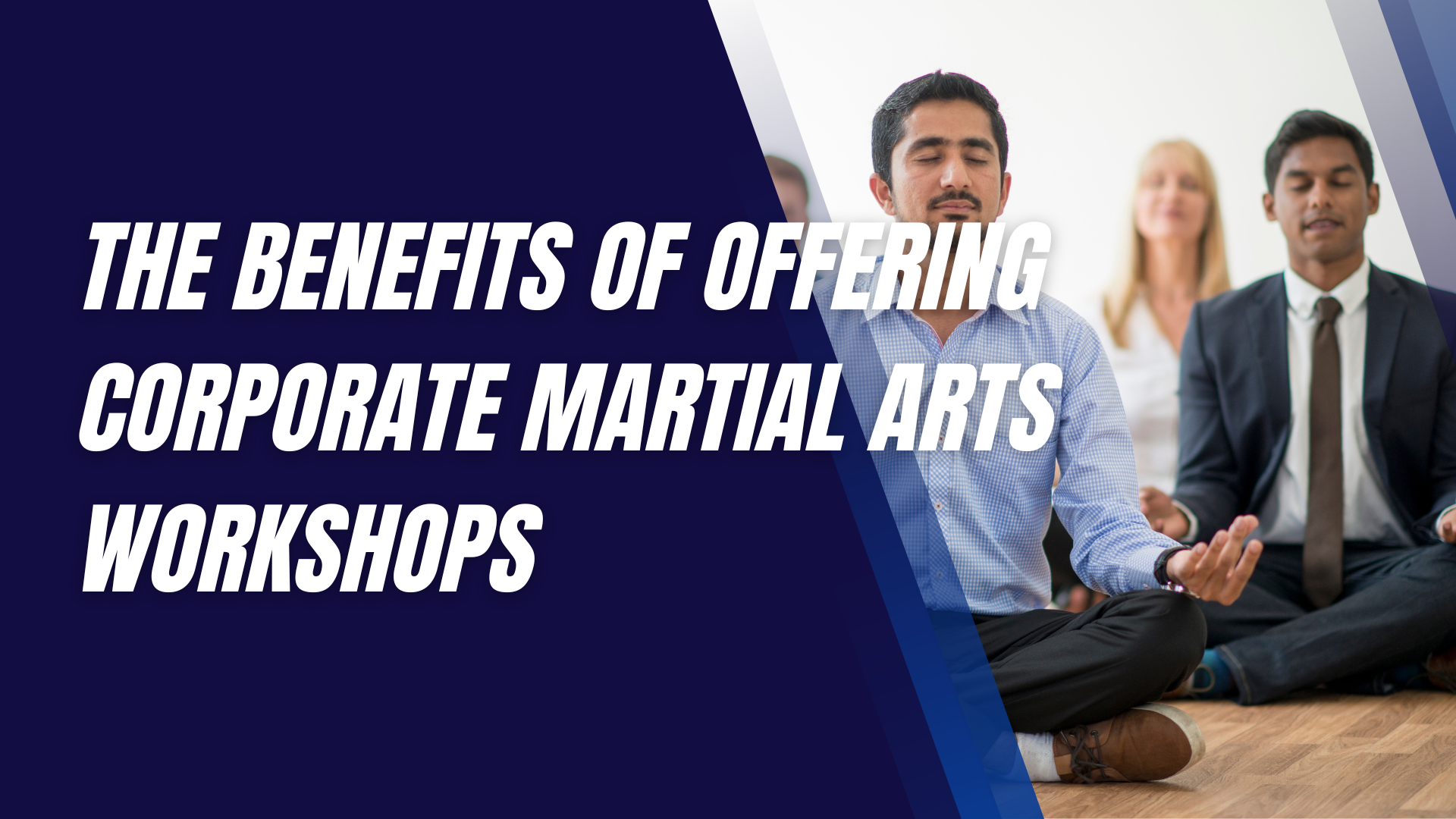Strategies for Maintaining Flexibility and Mobility in Grappling Arts
This is a subtitle for your new post
Understanding Flexibility and Mobility
Before we get into the nitty-gritty of how to improve, it's important to understand what flexibility and mobility actually mean, as they are often used interchangeably but are quite different.
What is Flexibility?
Flexibility refers to the ability of your muscles to stretch. Think of it as the range of motion your muscles allow. For instance, if you can do a full split, that’s an example of high flexibility in your leg muscles. In grappling, flexibility helps you achieve positions that might be more difficult for a less flexible opponent.
What is Mobility?
Mobility, on the other hand, is about how well your joints move through their full range of motion. It’s not just about stretching muscles but also about how well those muscles and joints work together to produce smooth, controlled movements. This includes the strength, control, and coordination required to move in and out of positions effectively.
The Key Differences Between Flexibility and Mobility
While flexibility is about how far a muscle can stretch, mobility is about how well your body can control that movement. In grappling, mobility is often more critical because it combines flexibility with strength and coordination, allowing you to perform techniques efficiently.
Benefits of Flexibility and Mobility in Grappling
Enhanced Performance on the Mat
When your body can move freely and without restrictions, your performance on the mat significantly improves. You can transition between positions faster, escape from holds, and execute techniques with greater precision.
Injury Prevention
One of the biggest advantages of maintaining flexibility and mobility is reducing the risk of injuries. Tight muscles and restricted joints can lead to strains, sprains, and other injuries. By keeping your muscles and joints in optimal condition, you’re less likely to get injured during intense training sessions or competitions.
Improved Range of Motion and Control
Having a broader range of motion means you can reach positions that might otherwise be inaccessible. This can be a huge advantage in grappling, where the ability to maneuver into tight spaces or extend limbs can make a significant difference.
Key Strategies for Improving Flexibility
Dynamic Stretching
Dynamic stretching involves active movements that take your muscles through their full range of motion. This type of stretching is perfect for warming up before grappling sessions as it increases blood flow, improves muscle elasticity, and primes your nervous system for activity. Examples include leg swings, arm circles, and torso twists.
Static Stretching
Static stretching involves holding a stretch for an extended period, typically 15-60 seconds. This type of stretching is most effective after training when your muscles are warm. For grapplers, focusing on stretches for the hips, hamstrings, and shoulders can be particularly beneficial.
PNF Stretching
Proprioceptive Neuromuscular Facilitation (PNF) stretching is a more advanced technique that involves stretching a muscle, contracting it, and then stretching it again to increase flexibility. This method can rapidly improve your range of motion and is often used in physical therapy settings but can be beneficial for grapplers looking to enhance flexibility.
Key Strategies for Enhancing Mobility
Joint Mobility Drills
Joint mobility drills are exercises that specifically target the joints, promoting better movement quality and control. These drills are essential for grapplers, as healthy joints are crucial for maintaining strong and fluid movements. Ankle circles, wrist rotations, and hip openers are excellent examples of joint mobility exercises.
Foam Rolling and Myofascial Release
Foam rolling and other forms of myofascial release help reduce muscle tightness, improve blood flow, and enhance overall mobility. Using a foam roller or massage ball to target tight areas can release knots and tension in the muscles, allowing for better movement during training.
Active Isolated Stretching
Active Isolated Stretching (AIS) involves holding stretches for only a few seconds and repeating them multiple times. This technique helps to increase the elasticity of muscles and is great for warming up or cooling down. It’s especially useful for grapplers who need to maintain a dynamic range of motion.
Developing a Daily Routine
Creating a Consistent Stretching Schedule
Consistency is key when it comes to flexibility and mobility training. Creating a daily or weekly schedule that includes time for stretching and mobility work can help you make steady progress. Even just 10-15 minutes a day can lead to significant improvements over time.
Incorporating Mobility Work into Your Warm-Up and Cool-Down
Incorporating dynamic stretches and mobility drills into your warm-up routine can help prepare your body for training, while static stretching and foam rolling during your cool-down can aid in recovery and prevent stiffness.
Tips for Staying Consistent and Motivated
Staying consistent can be challenging, especially when life gets busy or when training intensifies. Setting small, achievable goals, tracking your progress, and finding a routine that you enjoy can make it easier to stick with your flexibility and mobility work.
Nutrition and Hydration's Role in Flexibility and Mobility
How Proper Nutrition Affects Muscle Elasticity
What you eat can have a big impact on your flexibility and mobility. A diet rich in nutrients like vitamins, minerals, and healthy fats helps maintain muscle elasticity and joint health. Foods high in antioxidants, such as fruits and vegetables, can also aid in reducing inflammation and promoting faster recovery.
Importance of Staying Hydrated for Muscle Health
Hydration plays a vital role in muscle function and flexibility. Dehydrated muscles are more prone to cramps and tightness, which can limit your range of motion. Drinking plenty of water throughout the day helps keep your muscles supple and ready for movement.
Common Mistakes to Avoid
Overstretching or Forcing Flexibility
One common mistake is pushing your body too hard, too fast. Overstretching can lead to injuries and setbacks. It’s important to listen to your body and progress at a pace that feels comfortable.
Neglecting Recovery and Rest Days
Flexibility and mobility training should be balanced with adequate rest. Overworking your muscles without giving them time to recover can lead to burnout and injuries. Make sure to schedule rest days and prioritize recovery techniques like sleep and proper nutrition.
Ignoring Individual Body Limitations
Everyone's body is different, and it's crucial to respect your own limitations. Flexibility and mobility will vary from person to person, so avoid comparing your progress to others. Focus on what feels right for your body and celebrate your personal improvements.
Tools and Equipment to Enhance Flexibility and Mobility
Resistance Bands
Resistance bands are a versatile tool that can help with both stretching and strengthening. They are particularly useful for targeting specific muscle groups and improving range of motion.
Foam Rollers and Massage Balls
These tools are great for self-myofascial release, helping to alleviate tight muscles and enhance overall mobility. Regular use can aid in maintaining a healthy range of motion and reducing muscle soreness.
Mobility Apps and Online Resources
There are many apps and online resources available that offer guided stretching and mobility routines. These can be a great way to stay motivated and ensure you’re using proper techniques.
The Mental Aspect of Flexibility and Mobility Training
Mind-Muscle Connection
Developing a strong mind-muscle connection can greatly enhance your flexibility and mobility training. Being mindful of how your body moves and focusing on the muscles you're working on can lead to better results.
Patience and Consistency in Progress
Improving flexibility and mobility takes time, so patience is essential. Celebrate small victories and understand that consistency will eventually lead to significant progress.
Case Studies: Success Stories from Top Grapplers
Many top grapplers attribute their success to their commitment to flexibility and mobility training. By incorporating these practices into their routines, they’ve been able to enhance their performance, avoid injuries, and extend their competitive careers.
Final Thoughts
Maintaining flexibility and mobility is not just about being able to touch your toes or perform a split. For grapplers, it’s about optimizing your body’s ability to move, react, and perform on the mat. By incorporating the strategies outlined in this article, you can enhance your performance, reduce the risk of injuries, and enjoy a more fulfilling grappling journey. Remember, consistency is key—commit to your flexibility and mobility training, and watch your grappling skills soar.
Interested in trying a martial arts class? Find an affiliated academy anywhere in the country by clicking here.
Have your own martial arts program? Get to know more about what we have to offer at Ground Standard Agency for helping martial arts businesses grow.
Email us at info@groundstandard.com, or call and text us at (732) 907-8920 today to learn how to start growing your own academy, school, dojo, or gym with us as well.
Share this article












